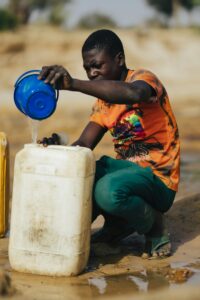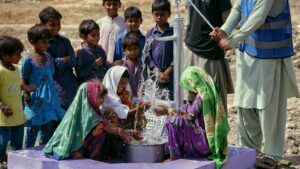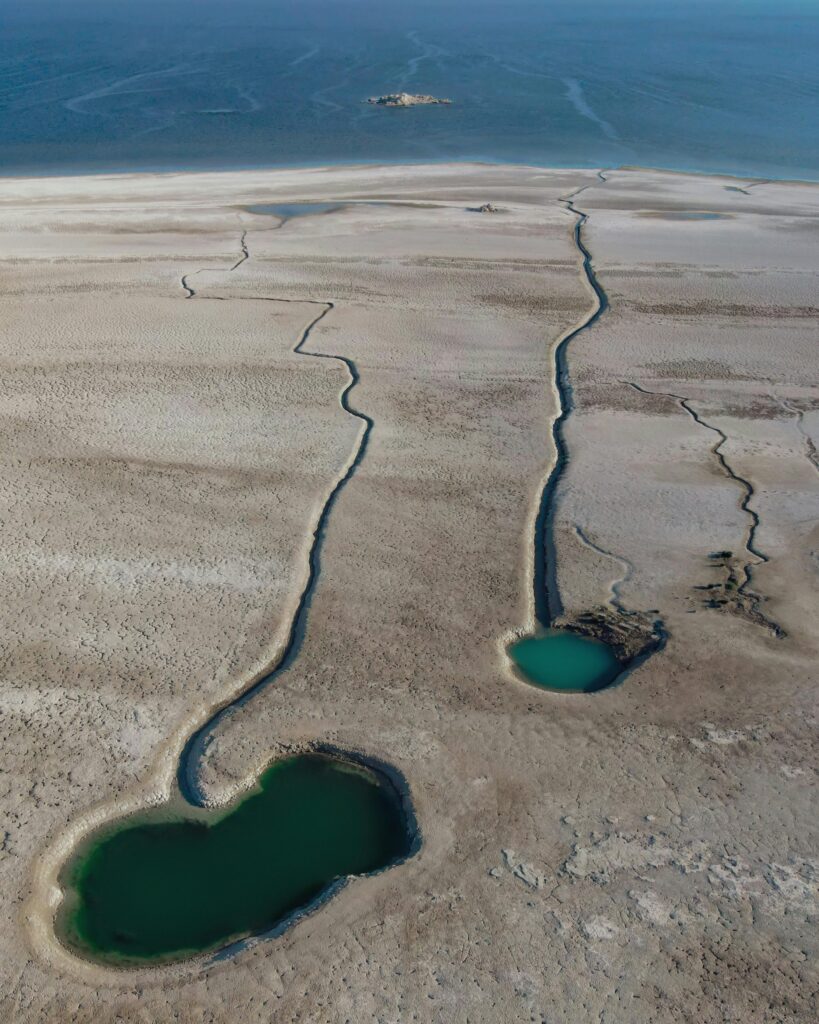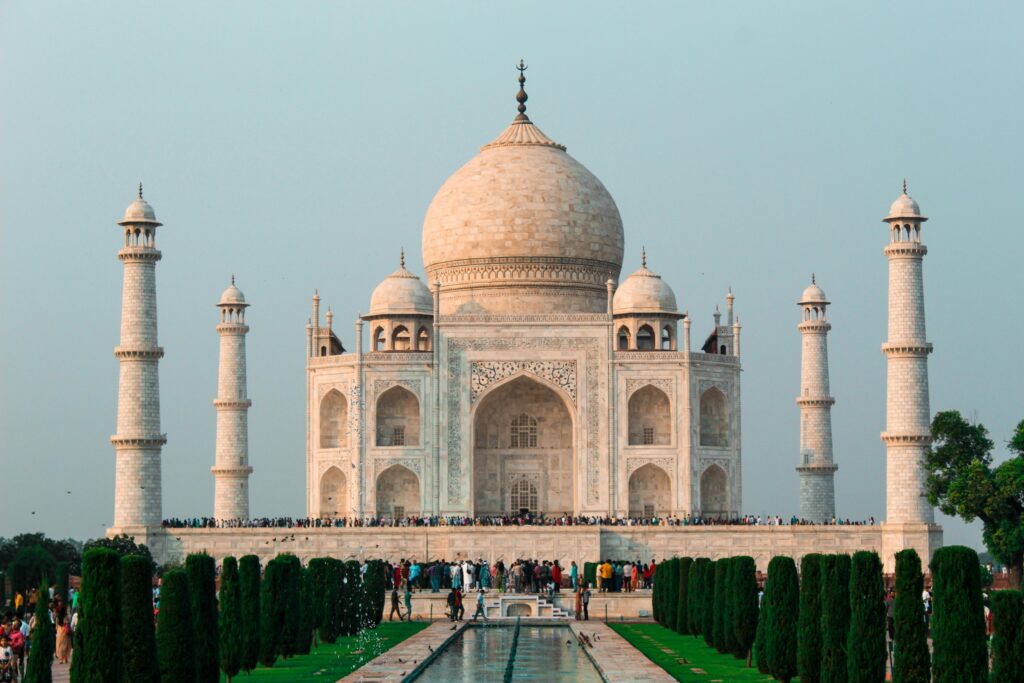Water scarcity is at the top of the problems of the 21st century. Although water comprises 71% of Earth’s surface, only 3% of the planet’s water is freshwater, and even fewer, only 0.5%, is readily available for human consumption. Growing populations, climate change, and inappropriate management of water sources have made this a worldwide crisis affecting billions of people and ecosystems. Understanding causes, impact, and solutions regarding water scarcity is an important step toward ensuring humankind a sustainable future on earth.
What is water scarcity?
It is then classified as water scarcity if the water supply cannot support the demand or has poor quality for human consumption, agricultural use, or environmental needs.
Physical water scarcity refers to the inability of natural sources to meet any given demand. The best case in point is the Middle East and North Africa

Economic water scarcity This arises when there is not enough money or infrastructure to access water. Sub-Saharan Africa suffers from it, and millions do not have clean drinking water in this water-gifted region.
The Scale of the Scandal
Statistics on the scarcity of water are scary:
Already, 2 billion people reside in countries that have high water stress, said the United Nations.
Half of the world will be living in water-stressed areas by 2025.
According to the WHO, 785 million people lack access to safely managed drinking water services.
Aggravating the problem is agriculture, which consumes 70% of global freshwater. Such practices promote irrigation with little efficiency. Industrial pollution and excessive groundwater extractions also bleed the whole water resource dry and sometimes polluted.

Causes of Water Scarcity
Climate Change
Climate change has made droughts more severe, changed the patterns of precipitation, and melted glaciers that provide water for millions. Areas such as California and Australia have seen unprecedented droughts that are connected to rising global temperatures.
Population Growth and Urbanization
The global population is expected to reach 9.7 billion by the year 2050, which puts a higher demand on water for drinking, agriculture, and industries. Water supplies suffer under fast urbanization, especially in developing countries.
Pollution: Industrial waste, agricultural runoff, and untreated sewage spoil most of the freshwater. The two most polluted waters around the world are the Ganges River in India and the Yangtze River in China.
Inefficient Water Use
Inefficient irrigation, outdated infrastructure, and water-intensive industries consume and waste more than they require. For instance, water leaks in urban water supplies account for 25-30% of the world supply.
Effects of Water Scarcity:
The impacts of water shortages can be devastating:
Health Crisis: Water that is not treated causes diseases such as cholera, diarrhea, and typhoid. According to WHO, 829,000 people die each year because of polluted water and lack of toilets.
Food Insecurity: Water scarcity negatively impacts agriculture around the world, resulting in lower crop yields and higher food costs, meaning there is less available for many poor communities.
Economic Losses: Drought interrupts industries from pure agriculture to manufacturing and causes a loss of employment to fiscal stability. The World Bank estimates that by 2050, the scarcity of water would cost some regions up to 6% of their GDP. Environmental Degradation: Rivers, lakes, and wetlands dry up; this affects biodiversity and disrupts ecosystems. Iconic water bodies such as the Aral Sea and Lake Chad have dramatically shrunk due to overuse and mismanagement.
Solution towards Water Scarcity. The solution is available, though the challenges are overwhelming.
Streamlined Water Management
Efficient irrigation systems, repair of the infrastructure, and recycling water programs may largely decrease waste. Water saving under drip irrigation in comparison to traditional practices has gone up to 50%.

Sustainable Agriculture
Promoting drought-resistant crops and diminishing farming with aqua-intensive practices can be useful in saving resources. Techniques such as rainwater harvesting also provide alternative sources of water for agriculture.
Innovation and Desalination Desalination technology, which converts seawater into freshwater, is also a promising solution for water-scarce regions like the Middle East, but supplementary solutions like atmospheric water generators can also be implemented. Policy and Awareness The government should impose rules to prohibit over-extraction and pollution of water. The message about the need for water conservation can actually be delivered to the public. International Cooperation It transcends borders, so it calls for international cooperation. Such initiatives as the UN’s Sustainable Development Goal 6 are working to provide access to clean water and sanitation by 2030 for all people.
Conclusion:
This is not just an environmental problem but a full-scale humanitarian and economic crisis requiring urgent attention today. Since water scarcity represents one of the most intense and imminent problems confronting all nations of the world because of a growth of population, this need now goes beyond its present urgent demands for innovation, equitable access, and conservation measures toward creating a hopeful future. Shared responsibility will be the call—the water that is life must stay within reach of all for the governments, industries, and individuals.



